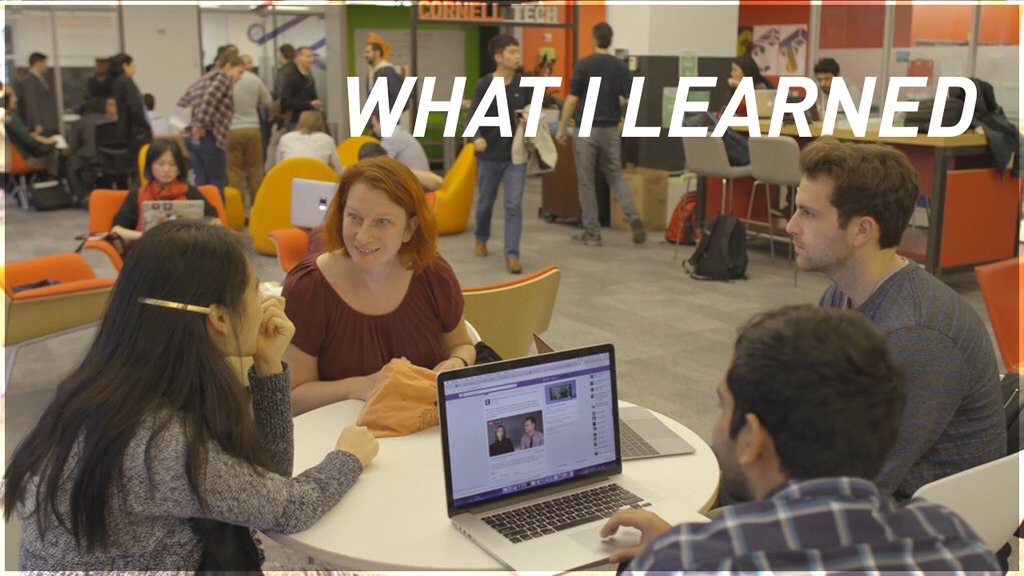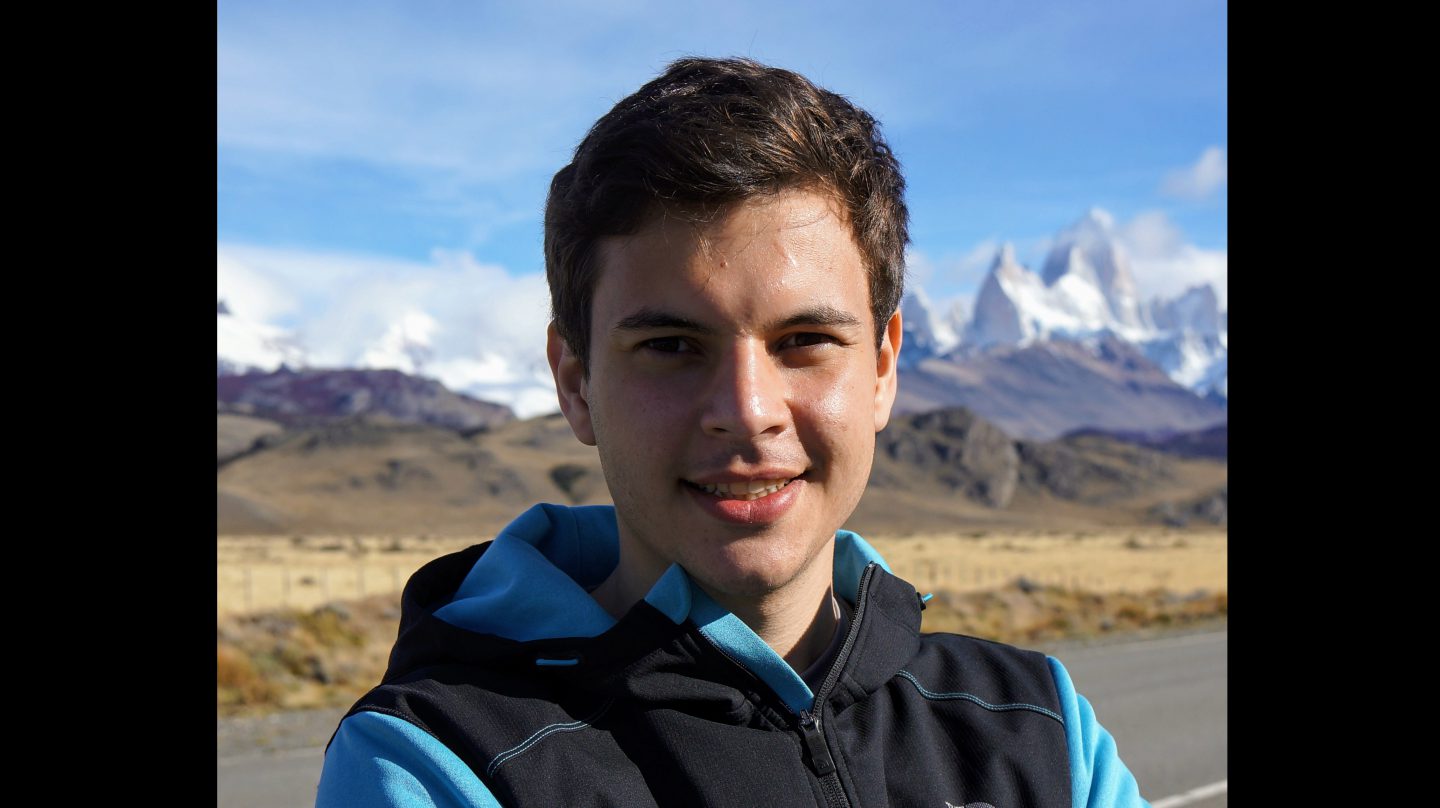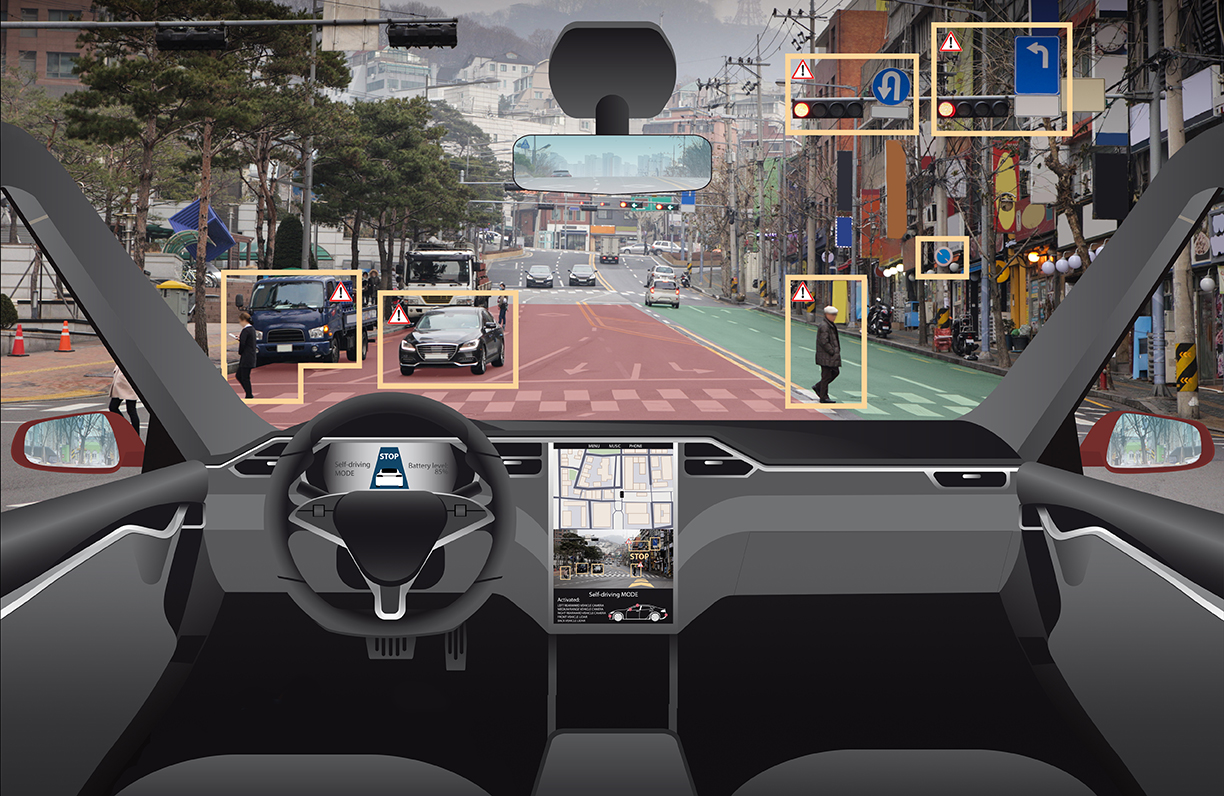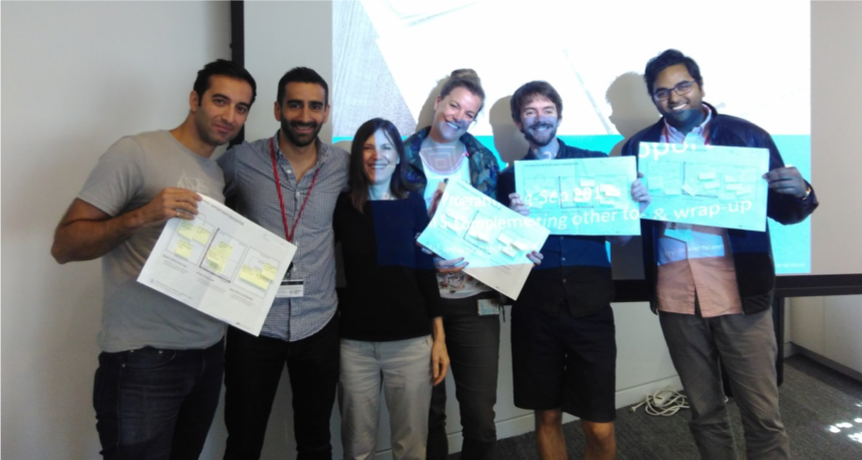April 20, 2018
Author: barreladmin
April 20, 2018
Jacobs Institute Students Win Top Prize at MIT Grand Hack
April 19, 2018
PhD Profile: Eugene Bagdasaryan
April 18, 2018
PhD Student Alane Suhr Receives NSF GRFP Award
April 18, 2018
Web-Based VR Experiments Powered by the Crowd
April 16, 2018
3 Tips to Foster an Inclusive Environment in Technology
April 12, 2018
Can Humans and Robots Interact Naturally?
April 11, 2018







